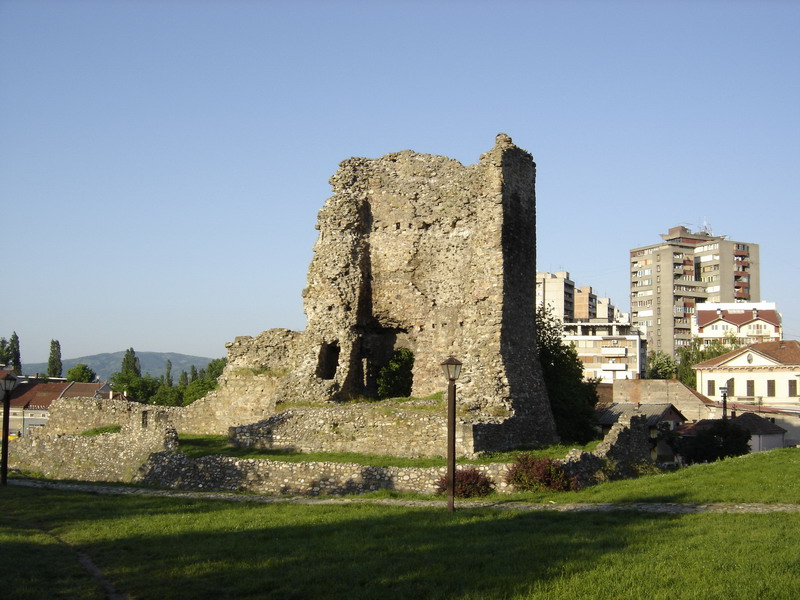|
ńźurańĎ II BalŇ°ińá
ńźurańĎ II BalŇ°ińá ( sr-Cyrl, –ā—É—Ä–į—í II –Ď–į–Ľ—ą–ł—õ; ) or George II Balsha 1385 – April 1403), was the Lord of Zeta from 1385 to 1403, as a member of the BalŇ°ińá noble family. He was the son of Stracimir BalŇ°ińá, and succeeded his paternal uncle BalŇ°a II in ruling Zeta. He reigned from 1386 up to 1389 in the still officially undissolved Serbian Empire in the form of a family alliance, then up to 1395 as an Ottoman vassal. He ruled until his death in 1403, when he was succeeded by his only son, BalŇ°a III. According to some historians, Serbian epic poetry identifies ńźurańĎ II with Strahinja Banovińá. Background and early life His father was Stracimir, one of the three BalŇ°ińá brothers who came to rule Zeta in the 1360s. His mother was Milica Mrnjavńćevińá (''Jerina''), the daughter of Serbian King VukaŇ°in Mrnjavńćevińá. Accession On 18 September 1385, ńźurańĎ's uncle BalŇ°a II was killed at the Battle of Savra, while fighting the Ottomans. Following th ... [...More Info...] [...Related Items...] OR: [Wikipedia] [Google] [Baidu] [Amazon] |
Jelena Lazarevińá
Jelena Lazarevińá ( sr-cyr, –ą–Ķ–Ľ–Ķ–Ĺ–į –õ–į–∑–į—Ä–Ķ–≤–ł—õ; 1365/1366 ‚Äď 1443), also known, by marriages, as Jelena BalŇ°ińá or Jelena Hranińá or Jelena Kosańća, was a medieval Serbian princess, daughter of Prince Lazar of Serbia and Princess Milica Nemanjińá. She had a very strong personality and significantly influenced the way her husbands, first ńźurańĎ II BalŇ°ińá and second Sandalj Hranińá Kosańća, and her son BalŇ°a III governed their realms. Jelena encouraged them to resist Venetian encroachment on territory belonging to Zeta, the medieval Serbian state ruled by ńźurańĎ II and, upon his death, by BalŇ°a III. She is also known as a writer in epistolary literature, particularly her correspondence with Nikon of Jerusalem, a monk in the Gorica Monastery on Lake Skadar (Montenegro). Her three epistles are part of the ''Gorińćki zbornik'', a medieval manuscript collection. Name Jelena's nickname was "Lady Lena" (–ď–ĺ—Ā–Ņ–ĺ—í–į –õ–Ķ–Ĺ–į) or the "Learned one" (–£—á ... [...More Info...] [...Related Items...] OR: [Wikipedia] [Google] [Baidu] [Amazon] |
